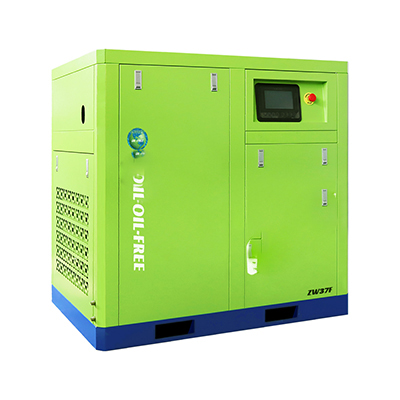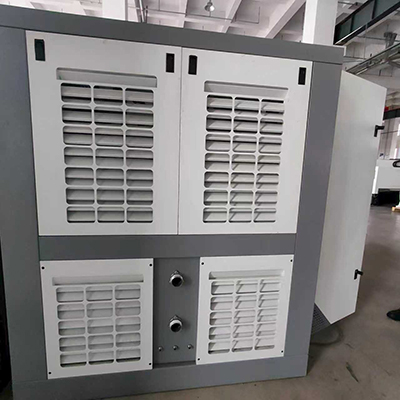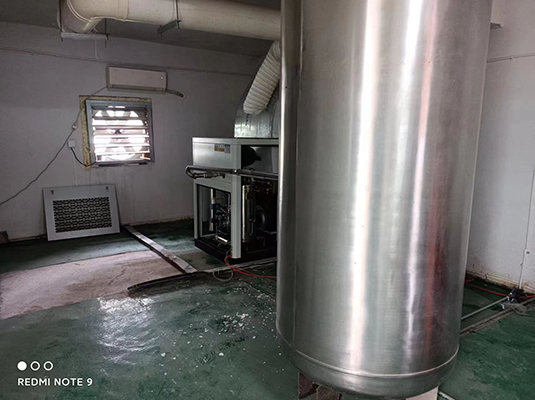Rotary Screw Air Compressor Energy Efficiency Comparison
News 2025-10-24
Rotary screw air compressors are essential in industrial settings for delivering reliable compressed air, which powers tools, machinery, and processes across various sectors. Energy efficiency plays a pivotal role in their selection, as it influences cost savings and sustainability. By comparing rotary screw compressors to alternatives, industries can optimize operations and reduce environmental impact, making informed choices based on performance data and real-world applications.

Applications Across Industries
Rotary screw air compressors excel in demanding environments like manufacturing plants, where they support continuous operations such as CNC machining and robotic assembly. In the automotive industry, they provide consistent air for spray painting and tire inflation, while in pharmaceuticals, they ensure clean air for sensitive processes. Their ability to maintain efficiency under heavy loads makes them vital for sectors prioritizing uptime and energy conservation, enhancing overall productivity.
Performance and Reliability Benefits
These compressors stand out due to their robust design, featuring fewer moving parts that reduce wear and extend service life. They deliver steady airflow with minimal pulsation, which is critical for precision tasks in electronics and food processing. Compared to piston-based systems, rotary screw models handle variable demands more effectively, leading to lower downtime and operational costs, thus supporting long-term industrial efficiency.
Comparative Energy Efficiency Analysis
In energy terms, rotary screw compressors often outperform reciprocating and centrifugal types by minimizing losses through advanced rotor technology. For example, in high-pressure applications, they achieve better specific power ratings, translating to reduced electricity use over time. Factors like integrated controls and variable speed drives further enhance their edge, making them a strategic choice for industries focused on cutting energy bills and meeting regulatory standards.


